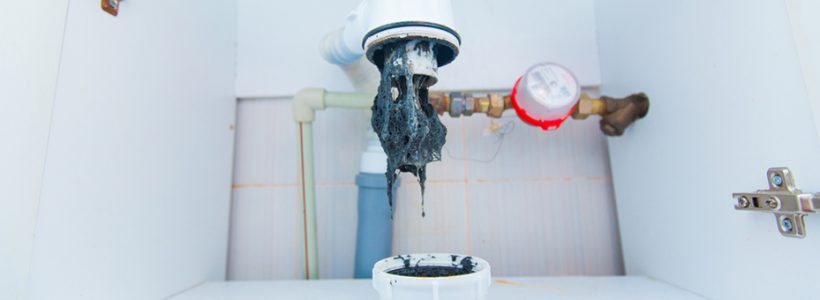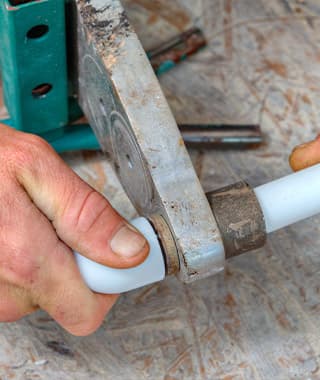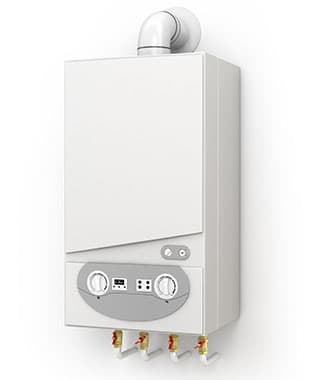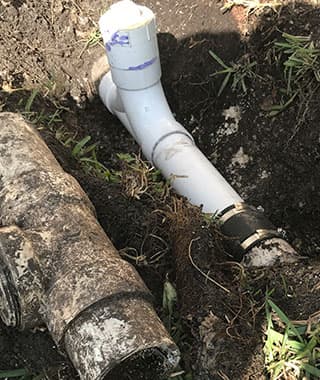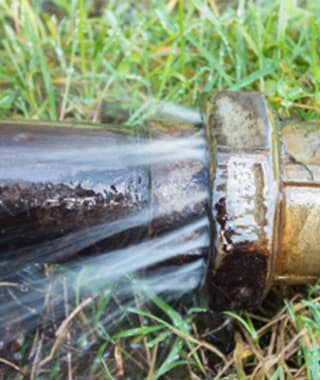Introduction
A clogged drain can quickly turn into a major inconvenience, especially when hair buildup is the culprit. Over time, the accumulation of hair mixed with soap scum and oils can cause slow drainage, unpleasant odors, and even serious plumbing issues. But donât worryâwhether you’re facing an immediate hair clog or looking for preventive solutions, this guide will walk you through 10 easy and effective ways to keep your drains clear and flowing smoothly.
Understanding Hair Clogs
Hair clogs are one of the most common plumbing issues, and they occur when loose strands of hair accumulate in the drain. As these strands build up, they intertwine with other debris like soap residue, dirt, and oils, leading to stubborn blockages. Several factors contribute to hair clogs:
- Frequent Use of Showers: The more you shower, the more hair is shed into the drain.
- Hair Type: Thick or long hair tends to create larger blockages.
- Drain Design: Some drain designs are more prone to trapping hair.
Ignoring hair clogs can result in slow water flow, unpleasant odors, and, if left unchecked, costly repairs. Regular maintenance is essential to prevent serious plumbing issues.
10 Easy and Effective Ways to Remove Hair from Your Drains
1. Baking Soda and Vinegar Method
This eco-friendly, cost-effective method is a great way to dissolve hair clogs without using harsh chemicals.
How to Use:
- Pour a pot of boiling water down the drain to loosen debris.
- Add ½ cup of baking soda into the drain and let it sit for 5 minutes.
- Pour 1 cup of vinegar into the drain and allow it to fizz and break down the clog.
- After 15 minutes, flush the drain with boiling water again.
Benefits:
- Environmentally friendly
- Budget-friendly
- Works for other debris and soap scum buildup too
This natural solution is not only effective in clearing clogs but also helps to deodorize your drain, leaving it fresh and clean.
2. Plunger Techniques
A plunger is a basic yet highly effective tool for removing hair clogs.
How to Use:
- Choose a cup plunger (flat bottom) for sinks or showers.
- Ensure thereâs enough water to cover the plungerâs rubber section.
- Form a tight seal over the drain and plunge forcefully in quick, repeated motions.
- Repeat until the clog is dislodged.
Tip: For tougher clogs, try alternating between plunging and the baking soda-vinegar method.
3. Manual Extraction with Tweezers or Needle-Nose Pliers
For hair clogs near the drainâs surface, manual extraction can be the quickest solution.
How to Use:
- Remove the drain cover.
- Use tweezers or needle-nose pliers to grab and pull out the hair clog.
- Be careful not to push debris further down the drain.
This method is straightforward and doesn’t require any chemicals or additional tools, making it a go-to for small, visible blockages.
4. Using a Drain Snake (Zip-It Tool)
A drain snake or Zip-It tool is designed to reach deeper clogs and extract them with ease.
How to Use:
- Insert the tool into the drain and twist it to hook the clog.
- Slowly pull the tool back out, bringing the trapped hair with it.
- Repeat if necessary until the drain is clear.
Advantages:
- Inexpensive and reusable
- Eco-friendly alternative to chemical cleaners
Drain snakes are particularly useful for stubborn clogs that are out of reach for tweezers or pliers.
5. Removing the Drain Cover for Thorough Cleaning
If clogs persist, it might be necessary to remove the entire drain cover for a more thorough cleaning.
How to Use:
- Unscrew the drain cover with a screwdriver.
- Remove visible hair and debris manually.
- Inspect the P-trap (underneath the sink) and remove any blockages.
- Flush the area with baking soda and vinegar for a deeper clean.
This approach ensures a complete removal of the clog, especially if the blockage is further down the drain.
6. Plastic Drain Snake for Small Clogs
A plastic drain snake is a flexible tool designed to catch and remove hair clogs without the need for chemicals.
How to Use:
- Insert the snake into the drain and twist to catch the hair.
- Slowly pull it out, bringing the clog with it.
- Dispose of the extracted debris.
This is an excellent tool for smaller clogs and regular maintenance.
7. Improvised Drain Snake with a Wire Hanger
A DIY approach, the wire hanger method is perfect for those without a drain snake.
How to Use:
- Unwind a wire hanger, leaving a small hook at the end.
- Insert the hook into the drain, twist, and pull out the hair clog.
- Be gentle to avoid damaging your pipes.
This homemade tool is handy when you’re in a pinch and need a quick solution.
8. Using a Wet/Dry Shop Vac for Deep Cleaning
For stubborn clogs, a wet/dry shop vac can be a powerful ally.
How to Use:
- Set the vacuum to suction mode.
- Create a tight seal around the drain opening using a damp towel.
- Turn on the vacuum and let it suck up the clog.
A shop vac can be particularly effective for clogs that resist traditional methods.
9. Regular Maintenance with Baking Soda and Vinegar
Prevention is always better than a cure. Regular use of the baking soda and vinegar method can help prevent clogs from forming.
How to Use:
- Once a month, pour ½ cup of baking soda followed by 1 cup of vinegar down your drains.
- Let it sit for 15-20 minutes, then flush with hot water.
This method keeps your drains clear and reduces the need for more invasive solutions.
10. Seeking Professional Help
If none of the above methods work, itâs time to call in the professionals. Persistent clogs could indicate more serious plumbing issues that require expert attention.
When to Call a Plumber:
- When DIY methods repeatedly fail
- If you notice slow drainage or backups in multiple drains
- If thereâs a foul odor coming from the drain
A professional plumber can assess the situation and provide a long-term solution.
Preventive Measures for Hair Clogs
In addition to these 10 methods, incorporating preventive measures can help keep your drains clear:
- Brush Hair Before Showering: This reduces the amount of hair that enters the drain.
- Use a Hair Catcher: Install a hair catcher over your drain to trap hair before it enters the pipes.
- Regularly Clean Your Drains: Make a habit of cleaning your drains at least once a month using the baking soda and vinegar method.
Conclusion
Maintaining clear drains doesnât have to be a hassle. By incorporating these 10 easy and effective methods, you can tackle hair clogs head-on and prevent them from becoming a recurring issue. Remember, a little maintenance goes a long way in keeping your plumbing system functioning efficiently!

